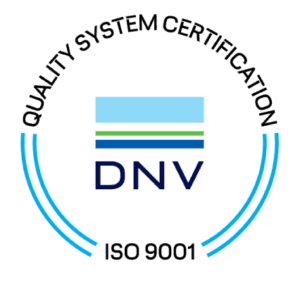Optical Filters
NTFL manufactures a wide range of optical filter for multiple needs:
Neutral Density Filters (ND filters) equally attenuate the intensity of incident light, typically by reflecting and absorbing a certain percentage of the incoming light. Neutral density filters are used as beamsplitters, filters that reduce intensity to prevent photodetector saturation and filters to equalize different signal paths.
Metallic ND filters are typically constructed of a thin metal coating on glass, fused silica, or plastic optics and provides a decrease in transmittance that is relatively neutral over a wide wavelength range. The transmittance of the filter is controlled by controlling the composition and thickness of the metal coating.
Dichroic ND filters are constructed similarly to metallic ND filters, but the coating consists of an absorbing oxide coating. The advantage of dichroic ND filters is lower reflectance from the coated surface and improved thermal and mechanical durability. This is especially important if ND filters are used in series.
Neutral density filters are typically specified as either the desired transmittance or optical density for a given wavelength region. The chart below:
| Optical Density | Transmittance |
| 0.1 | 79.4 |
| 0.3 | 50.1 |
| 0.6 | 25.1 |
| 1.0 | 10.0 |
| 2.0 | 1.0 |
| 3.0 | 0.1 |
| 4.0 | 0.01 |
Dielectric filters are constructed of inorganic oxide layers and transmit or reflect restricted ranges of energy. Band pass filters such as long/short pass filters and notch filters are common types of dielectric filters. Dielectric filters can be manufactured for UV, visible and infrared applications.
Band pass filters are typically constructed of a clear or absorptive filter glass coated with a dielectric multi-layer coating that rejects energy outside of the pass band. Short pass filters pass regions that are shorter in wavelength (higher in energy) that the blocking (or stop) band. Long pass filters pass regions that are longer in wavelength (lower in energy) that the blocking band. Notch filters incorporate stop bands at lower and higher energies than the pass band.
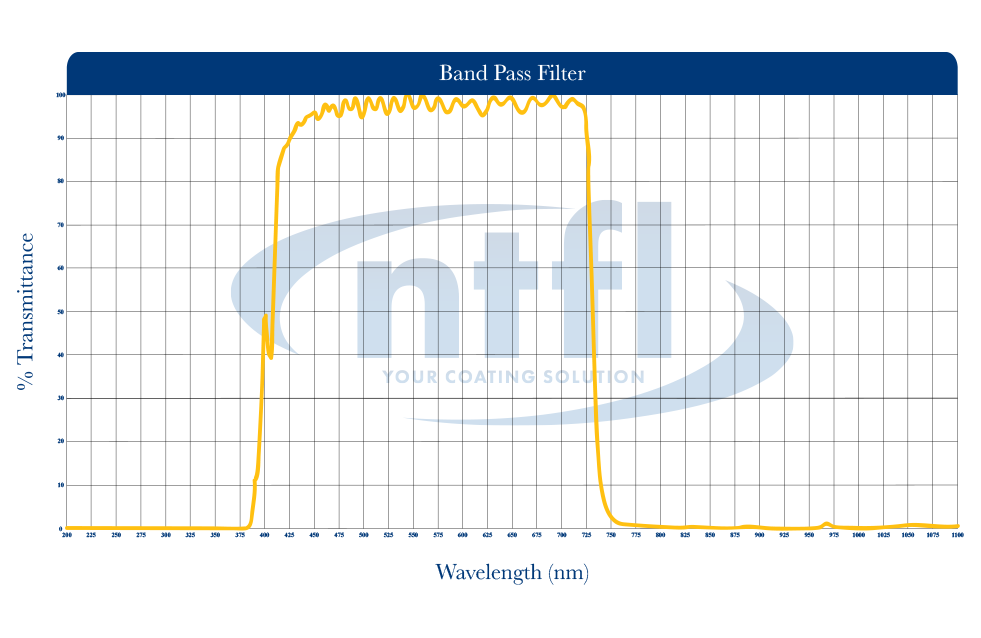
Short pass filters pass regions that are shorter in wavelength (higher in energy) that the blocking band. Short pass filters often employ absorptive filter glass, since region blocked by reflectance is limited in bandwidth by the interference of the harmonics of the blocking band with the desired pass band.
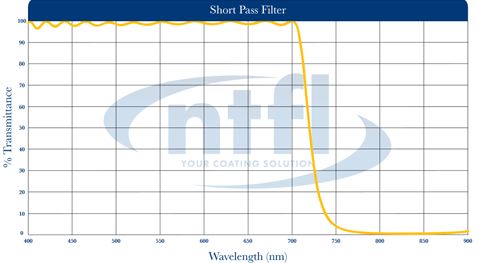
Long pass filters pass regions that are longer in wavelength (lower in energy) that the blocking band.
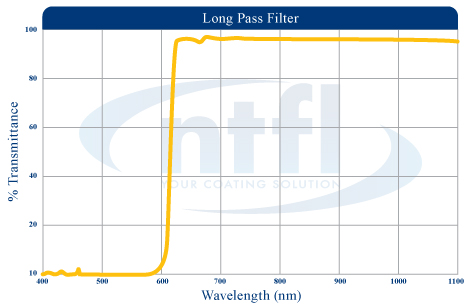
Notch filters incorporate stop bands at lower and higher energies than the pass band, which can be relatively wide to extremely narrow, depending on the construction of the filter.
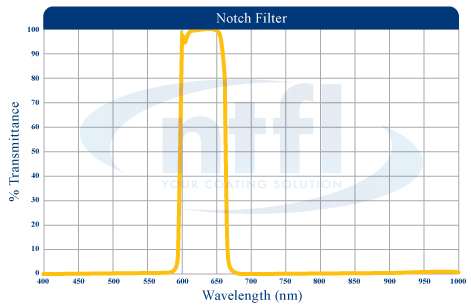
Please contact us with your specific requirements.
** (Available in the ultraviolet, visible and infrared) – Custom options available.



